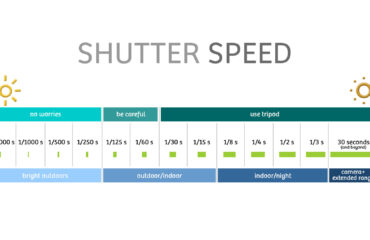I. Introduction
A detachable camera flash is a critical tool for professional photographers as it offers increased versatility and control over lighting compared to built-in camera flashes. Detachable flashes provide a more powerful source of light, faster recycle times, and the ability to use manual and TTL modes, making them ideal for a variety of shooting scenarios, including low-light environments, fill flash, and creative lighting. Having the option to attach and detach the flash as needed gives professionals the flexibility to optimize their lighting setup for each unique shooting situation.
Choosing the best detachable camera flash is important for professional photographers as it directly impacts the quality of their photos. A high-quality flash can help produce well-lit and properly exposed images, while a low-quality flash can result in under or overexposed images. The best detachable camera flash should have a high guide number, fast recycle time, compatible power source, compatibility with the camera, manual and TTL modes, and be compact and lightweight. Additionally, having a high-quality flash that meets their specific needs and shooting style will allow professionals to work more efficiently and effectively, leading to better results and satisfied clients.
II. Key Features to Consider When Choosing a Detachable Camera Flash
When choosing a detachable camera flash, it is important to consider the following key features:
- Guide Number: The guide number indicates the maximum power of the flash and is used to calculate the flash’s range. A higher guide number means the flash can reach further and is suitable for larger shooting spaces.
- Recycle Time: The recycle time is the amount of time it takes for the flash to recharge after firing. A faster recycle time is crucial for continuous shooting or in fast-paced shooting environments.
- Power Source: Detachable camera flashes can be powered by batteries or AC power. Consider the type of power source that is most convenient and practical for your shooting needs.
- Compatibility with Camera: Ensure the flash is compatible with your camera’s hot shoe or has the correct adapter.
- Manual and TTL Modes: TTL (Through-The-Lens) mode allows the camera to control the flash output automatically, while manual mode provides more control over flash output. Consider the level of control you require.
- Size and Weight: Consider the size and weight of the flash, especially if you need to carry it for extended periods or travel with it. A compact and lightweight flash is more convenient to carry and less tiring to use.
By considering these key features, you can ensure you choose a detachable camera flash that is best suited to your specific needs and shooting style.
III. Top Detachable Camera Flashes for Professionals
1. Canon Speedlite 600EX II-RT
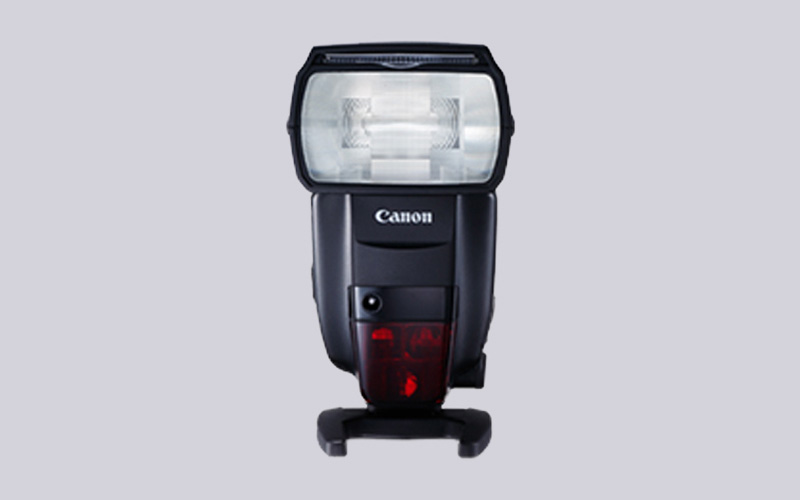
A powerful flash with a guide number of 60 (at 200mm), fast recycle time, and both manual and TTL modes. It is compatible with Canon’s radio-triggering system and has a weather-resistant design.
2. Godox V850 II
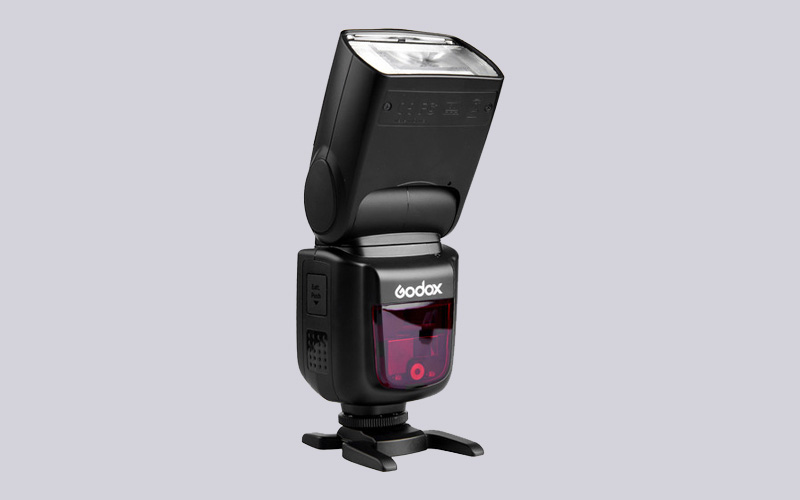
A versatile flash with a guide number of 52 (at 105mm), fast recycle time, and both manual and TTL modes. It has a built-in 2.4GHz wireless radio system for triggering and is compatible with multiple camera brands.
3. Metz Mecablitz 76 MZ-5
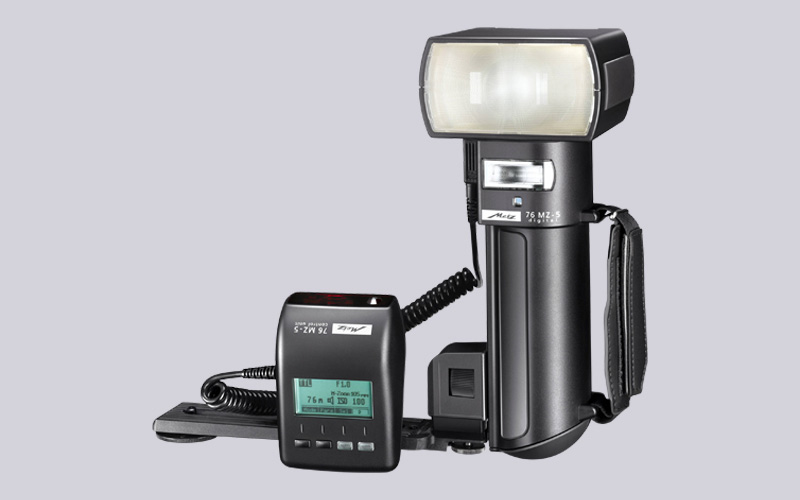
A high-powered flash with a guide number of 76 (at 105mm), fast recycle time, and both manual and TTL modes. It has a built-in wireless radio system and is compatible with multiple camera brands.
4. Nissin i40
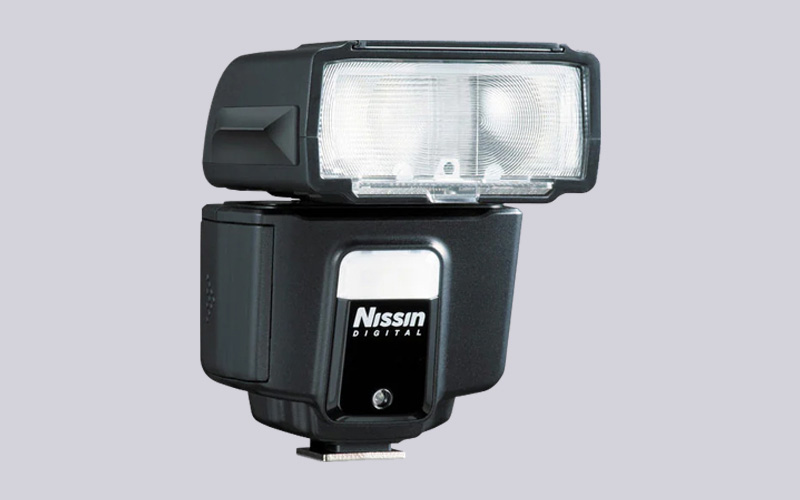
A compact flash with a guide number of 40 (at 105mm), fast recycle time, and both manual and TTL modes. It has a built-in 2.4GHz wireless radio system and is compatible with multiple camera brands.
5. Sony HVL-F60RM
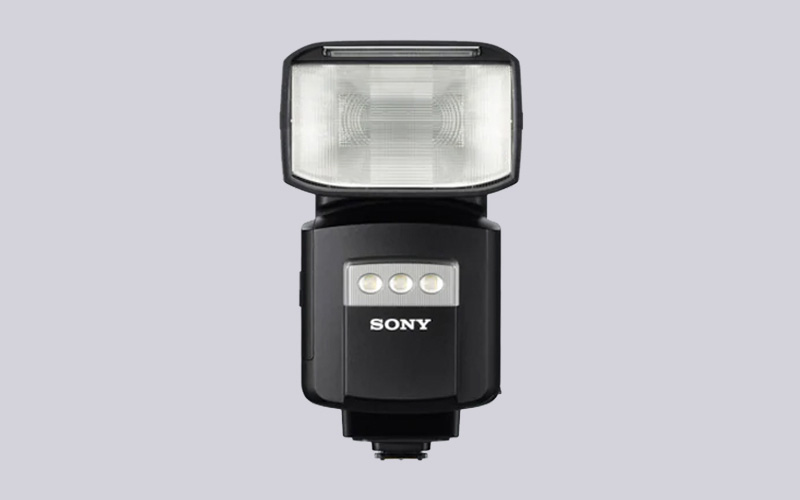
A powerful flash with a guide number of 60 (at 200mm), fast recycle time, and both manual and TTL modes. It has a built-in 2.4GHz wireless radio system and is compatible with Sony cameras.
These are some of the top detachable cameras flashes for professionals, offering a range of features and capabilities to suit various shooting styles and needs.
IV. Pros and Cons of Detachable Camera Flashes
Pros of Detachable Camera Flashes:
- Increased Power: Detachable camera flashes have a higher guide number compared to built-in flashes, providing a more powerful source of light.
- Flexibility: The ability to attach and detach the flash as needed gives professionals the flexibility to optimize their lighting setup for each unique shooting situation.
- Manual and TTL Modes: Detachable flashes offer manual and TTL modes, providing a greater level of control over flash output compared to built-in flashes.
- Faster Recycle Time: Detachable camera flashes generally have faster recycle times compared to built-in flashes, allowing for faster and more continuous shooting.
- Improved Creative Control: Detachable camera flashes provide more creative control over lighting, allowing professionals to experiment with different lighting setups and techniques.
Cons of Detachable Camera Flashes:
- Increased Cost: Detachable camera flashes are generally more expensive compared to built-in flashes.
- Added Bulk and Weight: Detachable camera flashes can add bulk and weight to your camera setup, which can be inconvenient to carry and handle, especially for extended periods or travel.
- Compatibility Concerns: It is important to ensure that the detachable camera flash is compatible with your camera, otherwise, you may need to purchase an adapter or different flash.
- Required Maintenance: Detachable camera flashes often require batteries to function and may need to be replaced more frequently, adding to the cost and maintenance of the flash.
- Potential for Mishandling: Detachable camera flashes can be detached and misplaced, and there is also the potential for accidental damage or breakage, making it important to handle and store them properly.
- In conclusion, detachable camera flashes offer a range of benefits for professional photographers, but it is important to weigh the pros and cons before making a purchase to ensure that the flash is the best fit for your specific needs and shooting style.
Key Points:
- Detachable camera flashes provide increased power and greater creative control over lighting compared to built-in flashes.
- Key features to consider when choosing a detachable camera flash include guide number, recycle time, power source, compatibility with a camera, manual and TTL modes, and size and weight.
- Top detachable camera flashes for professionals include Canon Speedlite 600EX II-RT, Godox V850 II, Metz Mecablitz 76 MZ-5, Nissin i40, and Sony HVL-F60RM.
- Pros of detachable camera flashes include increased power, flexibility, manual, and TTL modes, faster recycle time and improved creative control.
- Cons of detachable camera flashes include increased cost, added bulk and weight, compatibility concerns, required maintenance, and potential for mishandling.
V. Conclusion
A detachable camera flash is an important tool for professional photographers as it provides more power, flexibility, and creative control over lighting compared to built-in flashes. When choosing a detachable camera flash, it is important to consider key features such as guide number, recycle time, manual and TTL modes, compatibility with your camera, and size and weight.
It is recommended to carefully research the different options and consider your specific needs and shooting style before making a decision. The top detachable camera flashes for professionals include the Canon Speedlite 600EX II-RT, Godox V850 II, Metz Mecablitz 76 MZ-5, Nissin i40, and Sony HVL-F60RM, each offering a range of features and capabilities to suit various needs.
While detachable camera flashes offer many benefits, it is important to weigh the pros and cons, such as increased cost, added bulk and weight, and required maintenance, before making a purchase. With the right detachable camera flash, professional photographers can take their photography to the next level and achieve stunning results.



